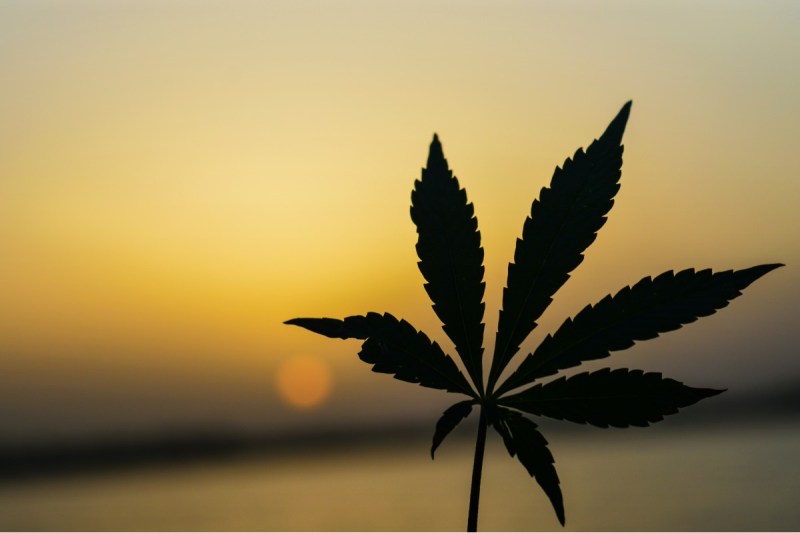As almost everyone who attended college between the mid-1990s and the current day could tell you, there’s a strong association between the number 420 and the substance known as marijuana. Also called pot, weed, green, herb, dope, grass, Mary Jane, hashish, or ganja, on any given day at 4:20 p.m., pot smokers all across America and abroad enjoy a fine toke of their preferred cannabis strain. Dedicated aficionados might arise at 4:20 a.m. for a puff then return to bed for some first-rate slumber or begin their day bright and early – and high.
April 20, abbreviated as 4/20, has taken on a great significance to those for whom pot is prized. In fact, 4/20 is noted as the pot smoker’s holiday. But why? And why is that number associated with marijuana at all? Let’s see if we can smoke out what’s behind the 420 meaning.
Related Reading:

Let’s pass the rumors around
First, let’s dispel the falsehoods. Many people claim the number 420 was used as a police code for announcing illicit marijuana-related activities in progress. As in, an officer would notice a group of reefer heads and grab his walkie talkie to call out: “Hey, we have a 420 in progress at the Old Mill! Send backup!” In fact, there was never any such police shorthand associated with pot and the number 420. It makes for good TV, though.
Another dubious explanation holds that there are 420 distinct chemical compounds found in the actual cannabis plant. That, too, is false. And besides, there’s only one chemical compound found in pot that’s of real interest, and that’s tetrahydrocannabinol, more commonly known as THC. This is the psychoactive metabolite that gets you baked, to use the medical terminology. There’s also cannabidiol, aka CBD.
Lastly, there is no legitimate association between marijuana and the fact that the history’s biggest jerk, Adolf Hitler, was born on 4/20/1889. Nor that the numbers in the Bob Dylan song “Rainy Day Women #12 & 35” can be multiplied together to get the number 420. Fun facts for trivia night, maybe, but there’s little truth beyond that.

The pure truth
The real origin story behind the 420 pot association is simpler, but far more compelling than any of the anecdotes your older cousin told you back in high school.
It all started back in the early 1970s in the town of San Rafael, California. A group of upstanding young marijuana enthusiasts who were enrolled together at the local high school caught wind of a plot of marijuana growing wild in a forest near town.
They hatched a plan to find the pot plot, just as any decent young men at that time would have done. The lads, who referred to themselves informally as the Waldos, would meet up each day at 4:20 PM at a statue near their school. Once assembled at the appointed time and place, they set out en masse in search of the grass.
The Waldos never found the legendary plot of woodland weed, but something even better came out of their time searching together. The young men began using the number 420 not as a time to meet and commence a search, but instead as a code to refer to all things pot-related.

The Grateful Dead’s influence
And there it may have stayed, a fond memory in the minds of a few gentlemen from California, perhaps even forgotten over time. Fortunately for the rest of us, one of the Waldos became associated with the band Grateful Dead.
It went a little something like this. The band worked with the father of one of the Waldos, handling some real estate deals. The real estate agent’s older son became friends with the Dead’s bassist, then the younger brother/son started hanging out with those two, leading to the bassist hearing the 420 shorthand and taking a liking to it.
During the subsequent years — this being the later 1970s and 1980s — the Grateful Dead spread the association between 420 and marijuana across America. The real tipping point came in 1990, at a Dead concert in late December.
A reporter on the staff of High Times magazine received a flyer referring to smoking “420” on April 20 at 4:20 p.m. The magazine published the flyer in a 1991 issue and what had started as a code amongst a few high school friends spread worldwide. The secret was out, and the time was set.
Thanks to some kids from San Rafael High, the Grateful Dead, and High Times magazine, 420 will forever be associated with marijuana. While the rumors behind the 420 meaning are interesting to know, the true tale behind the time to toke is definitely one to know. Whether you stick to the a.m. or p.m. indulging of a bit of hash at 4:20, now you know why that’s the time to spark up.



